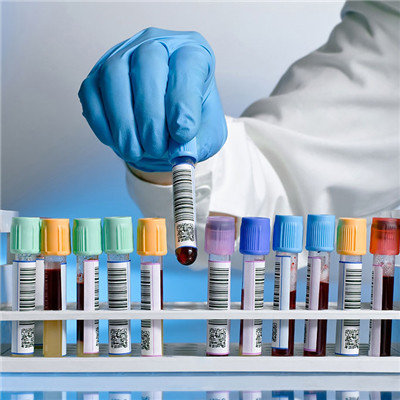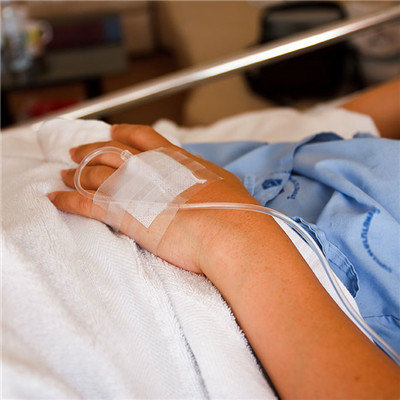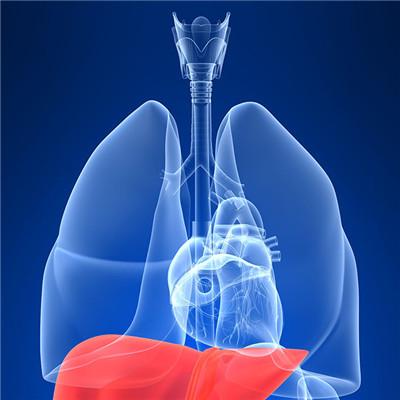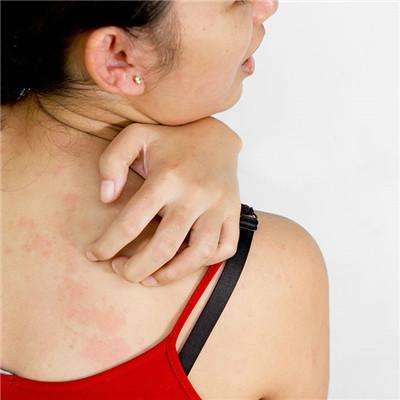Symptoms of dermatomyositis
summary
Dermatomyositis is a kind of non suppurative inflammatory disease mainly involving striated muscle and lymphocyte infiltration, with or without a variety of skin lesions. Clinically, it is characterized by symmetrical weakness of limb girdle muscle, neck muscle and pharyngeal muscle, often involving multiple organs, and may also be accompanied by tumor and other connective tissue diseases. The symptom of dermatomyositis? Let's talk about it
Symptoms of dermatomyositis
Usually, the disease is insidious and progresses slowly in weeks, months and years. A small number of patients with acute onset, within a few days of severe muscle weakness, or rhabdomyolysis, myoglobinuria and renal failure. Patients may have morning stiffness, fatigue, loss of appetite, weight loss, fever (moderate to low degree fever, even high fever), joint pain, and a few patients have Raynaud's phenomenon.

Dyspnea during activity is a nonspecific but severe symptom. Polymyositis and dermatomyositis involving respiratory muscles can lead to respiratory muscle weakness. This kind of patient has difficulty in expectoration and is prone to pulmonary infection. The most serious complication is rapidly progressive alveolitis, characterized by fever, shortness of breath, severe cough, and rapidly progressive dyspnea. In severe cases, it can lead to adult respiratory distress syndrome. The more common is chronic progressive pulmonary fibrosis, characterized by progressive dyspnea, whose symptoms are easily masked by muscle involvement due to insidious onset; There are also many patients who have no symptoms of pulmonary involvement, and pulmonary fibrosis is only found on radiological examination and / or pulmonary function examination. Auscultation can be heard in both lungs. X-ray examination showed ground glass in the early stage and reticular or honeycomb shadow in the late stage. Pulmonary function test showed restrictive ventilation disorder and decreased diffusion function. Pulmonary hypertension may occur in the late stage of the disease, which may lead to right heart hypertrophy and right heart failure in severe cases. A few patients may have pleurisy and pleural effusion.

Cardiac involvement is common, generally mild, with few clinical symptoms. The most common is arrhythmia, such as palpitation, arrhythmia. Congestive heart failure may occur in late stage, which is caused by myocarditis or myocardial fibrosis. Occasional myocarditis. The MB of CK may be increased, but it is not necessarily related to myocardial involvement. Most of the MB is produced by regenerated myofibrils of damaged muscle.

matters needing attention
Clinical experience has proved that glucocorticoid is effective in the treatment of idiopathic inflammatory myopathy, so it is regarded as the first choice for the treatment of polymyositis and dermatomyositis. Light can be taken orally in the morning, the best three times for heavy, once the disease is under control, and then changed to an oral. Generally, the course of treatment should not be less than 2 years, and the drug can be stopped at last. If there is no recurrence in 3 years, it is unlikely to recur later. If there is no recurrence in 5 years, it is basically cured.















